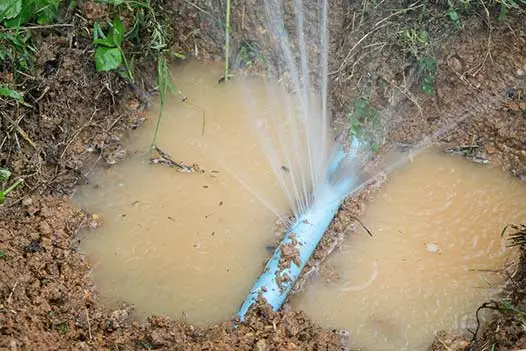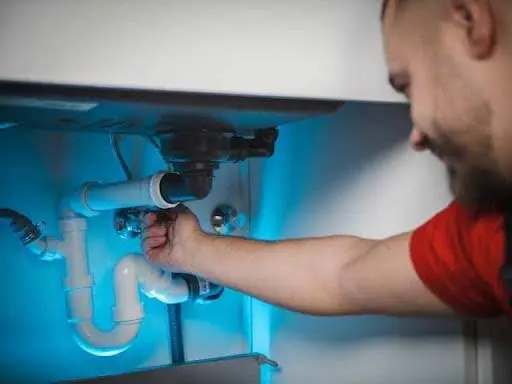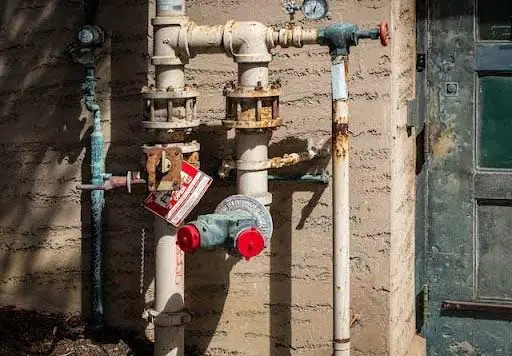
Your home’s water line is the section of plumbing that runs between your house and the public water supply lines in the street. This pipeline is the most critical part of your home’s plumbing because it ensures a constant supply of fresh water to your house.
Your home’s entire plumbing system depends on the water line. If the water inside this line becomes polluted, you will have no clean water to do your washing. If the water line breaks, faucets, toilets, bathrooms and water heaters will not work.
Because it does its work without fuss, SGI Management experts knows that it is easy to ignore the water line. But problems in the water line can deny your home of its most essential resource. A broken water line will cut off your water supply, disrupt your daily life and subject your home to risk of damage.
Maintenance of the water line is not the city’s responsibility. Although it connects to the municipal water line in the street, it is your job to fix any issues with your water line. Understanding the common water line problems in the home can save you a lot of trouble.
Common water line problems, their causes and solutions
Burst pipes
In freezing temperatures, water pipes are prone to freeze and burst. That happens mostly to sections of the water line that are above the frost line or exposed to cold air. Other common causes of burst pipes in the home are age and high water pressure.
The primary step when dealing with a burst pipe is immediate water line shutdown. Please call a professional plumber after you turn the water off at the mains. Typically, you only need to replace the damaged section of the water line. But if the water pipe is fragile due to old age, it is best to replace it.
Corrosion
Corrosion is a gradual weakening of the pipes in the water line. This is caused by aging, the dissolved minerals inside water and the condition of the surrounding soil. Corrosion in the water line can lead to leaks, low water pressure, and contamination.
This problem is best addressed by implementing a program of regular inspections and preventive care. It is also essential to know the signs that your home’s water supply has been contaminated. The best way to stop corrosion is to replace corroded pipes with corrosion-resistant materials.

Leaks and pinhole leaks
Unlike burst pipes, leaky pipes are not easy to detect, especially when the leaking section of the pipe is underground. An undetected leak can cause huge damage to your home. High water bills, mold, and low water pressure are common signs of leaks.
To detect hidden leaks in a water line, you must know how to test the line using the water meter and main shutoff valve. You also want to watch out for strange spikes in your water bills. The best way to catch hidden pipe leaks is by doing regular plumbing inspections.
Tree root intrusion
Tree roots may endanger underground water pipes when they are close to each other. Tree roots are a common cause of water line displacement and rupture. Tree roots can intrude into the water line and restrict water flow or even block the line completely.
Most cases of tree roots interference with underground water lines happen because the trees are planted too close to the water line. Other times, it is because of an existing leak in the pipe. The solution to this problem is to remove the tree roots or the entire tree and fix any leaks in the pipe.

How to shut down your water line during emergencies
A water line shutdown is the most essential first step when dealing with a burst or leaking water line. Perform this step before addressing the problem. Shutting your home’s water supply after you detect a leaking or burst pipe will help you minimize the damage.
How to do a water line shutdown:
- Locate your main water shutoff valve: Ideally, you want to know the location of your main shutoff valve well before you have any emergency in your home. Every member of the household should know the location of the main shutoff valve, its purpose and how to use it.
- Turn off the water: The valve can have a wheel handle or lever. To stop the water supply, turn the valve clockwise. If the valve is stuck you will need to use some effort. Make sure you turn this valve off and on several times during your monthly plumbing inspections.
- Drain the water line: Draining the water line will prevent further water damage to your home. Do this by opening all the faucets in the house.
To conclude, the best way to deal with water line problems in your home is to avoid them altogether. You can prevent water line issues by doing routine (monthly and yearly) inspections of your home’s plumbing.
The monthly inspections can be done by you. But always hire a professional plumber when it is time to do your yearly comprehensive plumbing inspection.

